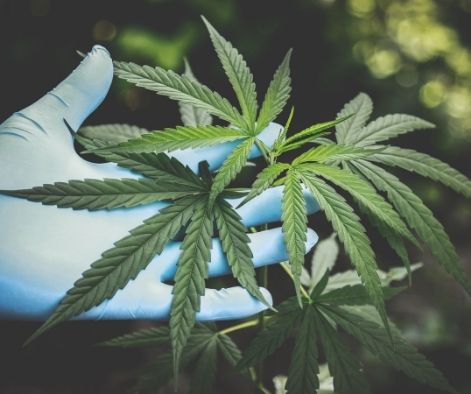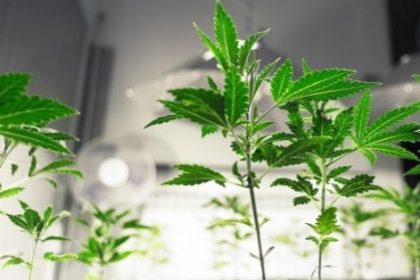Once cut, clones can be fragile, and it is essential to note that specific tools, supplies, and actual products need to be on hand and ready for use. While the clone may be fragile, cloning a cannabis or hemp plant is easy. So, let’s get started.
What You Need When You Clone Cannabis
You will need a few things to clone any plant successfully. Those essentials include:
- A growing area — Once the clones are cut, they will need a place to grow. Your goal is to keep the clone in a vegetative state, and that will require lots of light. The ratio is 18 hours of light per day and six hours of darkness. Growing in a greenhouse or grow room environment has the advantage of controlling the amount of light available using LED light fixtures in the veg room. Relative humidity should be near 80% and temperature near 75°F.
- Propagation container – Strong, fibrous roots are going to be key to successfully transplant rooted clones. While plastic propagation trays and plastic propagation pots are viable options, many growers are opting for fabric propagation bags or aeration propagation trays which utilize air root pruning to promote healthy, dense, strong root systems often in a shorter amount of time.
- Growing media — Coco Coir, Rockwool, soil mix, or any other preferred medium. A good tip is to pre-moisten the media before you need it. Soil or media should be moist but not soggy and never dry.
- A cutter — A sterilized blade or scalpel is one option, or you can sterilize sharp sheers. Sheers are easy to use, and there is less risk of bruising the clone stalk. Whichever way you go, the goal is to make sure that the cut is clean.
- Rooting Hormone — Any brand will do. Note the success rate for each brand you use. Stick with what works. A journal is helpful because it is plausible that certain strains of cannabis or hemp will do better with one brand over the next.
- It is helpful to clean the working area first and try your best to work in a sterile environment.
TIP: Field cuttings go much easier and faster when a clean bucket with clean water is handy. Cut the clones and drop them in the water. They will stay hydrated while the batch is cut.
How to Cut Clones
There are a lot of opinions on how to cut clones.
Note: Cut only when the plant is in a vegetative state. Avoid cutting when the plant is flowering. The focus during flowering is the production of seeds. The focus during the vegetative state is leaf and root production.
Choose a branch tip that is actively growing. It is referred to as softwood or new growth. That section of the plant will have stored energy, hormones, and other essentials that the clone will use to grow roots and then leaves. You should easily be able to see where new growth ends and old growth remains. As much as possible, focus on new growth for cuttings.
The Physical Cutting of Clones
Cut four-five inches of plant material for each cutting. Next, use a cutter to cut the stalk between two sets of leaves on the stem. That portion of the plant is referred to as an internode. You will want enough stem to settle the clone into the growing media where it will remain stable, but not so much stem that the clone wants to topple over when watering occurs. Thus, cutters or scissors are an essential tool for cutting clones.
Some will say that the cut must be at a 45° angle. The idea is that with an angled cut, there is more surface area where rooting can occur. However, many growers report no difference between cuttings that take and cuttings that die based on the cut angle.
Note: Cut several clones from one branch. As long as you are cutting new growth of softwood, it’s good.
Planting the Clone
Dip the plant in rooting hormone and then stick it into the growing media. If growing media is plugs or rock wool, there should be a hole in the center where the clone will be secure. If using soil, take a #2 pencil and make holes in the moist soil before beginning with the rooting hormone. Take care not to force, break, or bend the stem, but do ensure that it is securely in place in your grow medium at least an inch or so without reaching the bottom of the tray or propagation bag.
Work quickly and efficiently. Growers will place the clones so that they do not touch. Once the tray is complete, it goes into the growing area. For cannabis or hemp, the rooting process takes between 5 and 14 days. Learn more about how to tell if clones are rooting in our blog on that topic.
Learning how to cut clones is easy. Most of the work involved is in preparing for the cuttings.


